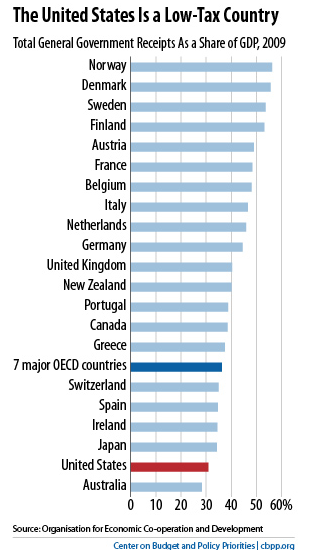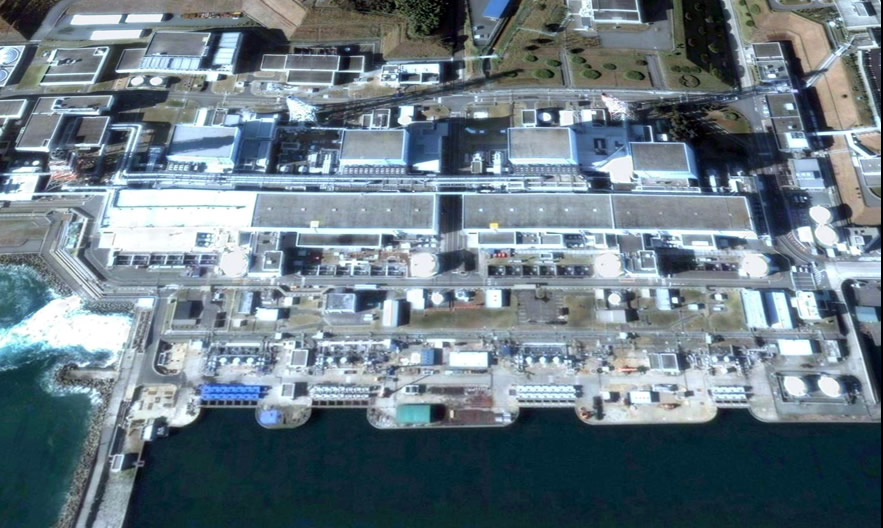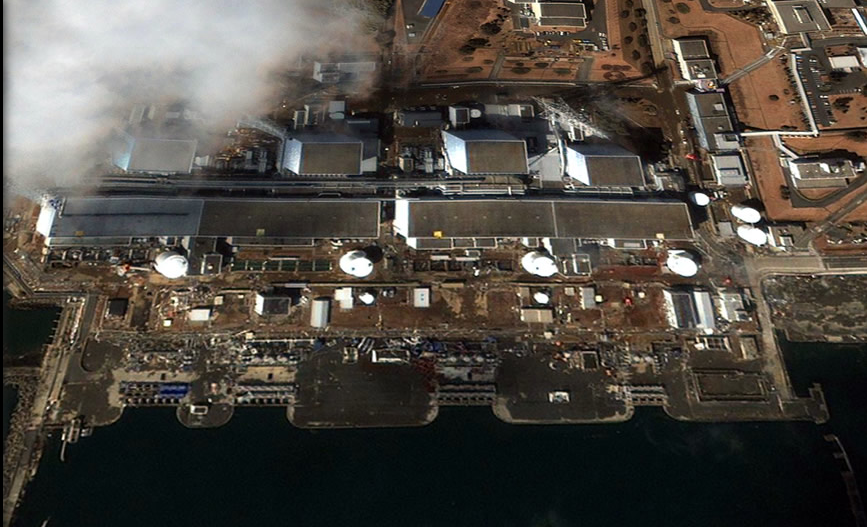It’s easy to lose a month. Reading what others write and working (or in my case getting paid for writing) sometimes makes it easy to not post anything for a while. I also don’t have much of anything particular to report of interest. But I did get to do one thing fun.
On the 23rd of May I went to the “launch” of the Carbon Neutral program out here in Western Australia. Low Carbon Australia Ltd. (LCA) sponsored a drinks and canapes session in conjunction with an HVAC conference to familiarise organisations out here in the west with their gig. Part of the program was presenting An Mea with our “brick” which is a book sized lucite (that’s polymethyl methacrylate for the chemistry nerds) reproduction of our certification under the National Carbon Offset Program which is administered by LCA. The management of my company decided while I was out of the office the previous week that I would receive the brick on our behalf. I suspected that this was because they read the program and knew that there would be virtually no chance of me screwing up anything or generating some public relations disaster during the time it took me to take possession of the item and stand still for a photo op with the former Federal Environment Minister, Robert Hill. Our reputation was nearly undone by this assumption.
The first thing about these things that you want to know is this. If you ever have to go receive an award and are pretty sure you don’t have to say anything at the event, I highly recommend downing 4 free beers or cocktails in the hour before you are on. That way, you will be in that loose frame of mind somewhere on the scale between ‘I am charismatic’ and ‘I am a genius’, and will therefore be able to effortlessly deal with minor changes to the program. Changes like, for instance, the difference between:
• “Just take the brick, say thank you, and don’t smear the front of it with fingerprints, thereby ruining the photograph”; and,
• Robert Hill saying as he hands you the brick after completely smearing the front up with fingerprints, “Now, you can say a few words”.
Now, stop frame in this little vignette I am painting for you here and imagine the looks on both of the senior management team from my company in the crowd as I gathered my thoughts for a couple minutes worth of impromptu. “Oh fuck” would probably sum it up nicely. Fortunately, being properly medicated and having paid a small amount of attention to Mr. Hill’s previous comments left me well prepared with what to say immediately. I eased the crowd into the Hulka show with 30 seconds of correcting the factual record, nailed them with a joke about the initial carbon price (which will be $23.50 for those of you keeping book), and then gave them about a minute of guerilla marketing on our journey to carbon neutrality and how easy it is before getting off. My last key to public speaking is this: When you first pause to think, “What shall I say next?”, call it a day right then.
Later on, I had a chance to worry the boys again as they saw me and Minister Hill (who by then was just Bob to me) conversing directly over another cold beer (I did say it was an open bar, right?). I started my conversation with Bob by saying “Apparently you didn’t get the memo?” To his perplexed look I provided the explanation that I was given strict instructions from the LCA photographer just before going up to hold the brick by the edges (see photo) so as not ruin the photo, but when I got up there I saw he was pawing the thing like truckosaurus. He laughed but didn’t ask me what I meant. I think Bob doesn’t get much Archer where he hangs out. Pity him.




